Report: Mass Nickel Mining Probably Won't Be Great for the Environment

Electric vehicle manufacturers are already struggling to maintain supply lines as demand for batteries increases in practically every industry in existence. Automakers have recently begun branching out to secure the raw materials necessary for their production while also trying to cozy up to battery suppliers who already know they have them over a barrel. Some, like Tesla, have even built their own facilities for battery production.
In August, Tesla CEO Elon Musk announced that the automaker would offer favorable deals to companies that could mine nickel in an ecologically friendly manner and help ensure it has an adequate supply of the metal for batteries. But there’s a problem: pretty much every automaker wants access to nickel and — much like cobalt — there are often serious implications regarding how it’s procured. As demand continues to grow, industry players will become increasingly reliant on regions lacking rigid environmental safeguards.
Global demand for nickel is estimated to increase six-fold by 2030, according to a recent analysis from the Financial Times. That’s great news for miners, especially considering the material presently costs $15,320 per metric ton. But it needs to be refined before being fit for battery production, and that creates massive amounts of waste. Most sources of ore have extremely low concentrations of nickel.
From FT:
Analysts predict that Indonesia will account for almost all of the growth in nickel supplies over the next decade, overwhelming output from new mines in Canada and Australia. But a number of Chinese-backed projects in the country plan to dump mine waste containing metals such as iron into the sea, in an area renowned for its unique coral reefs and turtles.
“It could undermine the entire proposition of trying to sell a consumer a product that is environmentally friendly, if you have this back story,” said Steven Brown, a Jakarta-based consultant and former employee at nickel miner Vale.
That presents a problem for carmakers such as Tesla and Volkswagen, which have pledged to soften the environmental impact of their batteries. “At some point it will happen where they can’t avoid Indonesian nickel,” said Mr Brown.
He went on to suggest that Indonesian nickel projects alone would create around 50 million metric tons of waste per year if the announced programs in North Maluku and Central Sulawesi areas are enacted. While some of the associated companies claim they have a plan to ensure waste is sent directly to the deepest parts of the sea to avoid contaminating coral reefs, others seem content to dump into the ocean and let the chips fall where they may. A few (mainly Western-owned) companies actually refuse to dump into open waters and have elected to store waste in dammed-off areas or underground. Yet the global status quo allegedly has most mining waste going into the nearest waterway because it’s substantially cheaper. And that’s to say nothing of the massive amount of energy (primarily stemming form fossil fuels) required to mine the ore and then refine it into a more useful substance.
Alex Mojon, an environmental consultant from the Swiss Association for Quality and Environmental Management tasked by the provincial government in Madang to investigate a mishap from 2019 at the Chinese and Canadian-owned Ramu nickel and cobalt processing plant in Papua New Guinea, reported harmful particles remained suspended in seawater rather than sinking to the bottom. This allows currents to carry them hundreds of miles to the beaches of the archipelago islands.
Bursting the green bubble is a favorite pastime at The Truth About Cars. While we’re just as worried about the environment as any rational individual, the push into green tech has largely been a blind one. The increasingly popular assumption that the world’s energy and pollution problems would end if we could just swap over to electric vehicles has always seemed slightly misguided. It isn’t that we shouldn’t seek alternatives to our dependency on fossil fuels; we absolutely should. It’s that there doesn’t seem to be much call for extending the same critical assessments toward “eco-friendly” solutions we routinely use against the oil industry.
We probably need to look at this from all angles and bring in the concept of conservation a bit more often, as it’s the only guaranteed method of minimizing pollution and material waste.
[Image: Putu Artana/Shutterstock]

A staunch consumer advocate tracking industry trends and regulation. Before joining TTAC, Matt spent a decade working for marketing and research firms based in NYC. Clients included several of the world’s largest automakers, global tire brands, and aftermarket part suppliers. Dissatisfied with the corporate world and resentful of having to wear suits everyday, he pivoted to writing about cars. Since then, that man has become an ardent supporter of the right-to-repair movement, been interviewed on the auto industry by national radio broadcasts, driven more rental cars than anyone ever should, participated in amateur rallying events, and received the requisite minimum training as sanctioned by the SCCA. Handy with a wrench, Matt grew up surrounded by Detroit auto workers and managed to get a pizza delivery job before he was legally eligible. He later found himself driving box trucks through Manhattan, guaranteeing future sympathy for actual truckers. He continues to conduct research pertaining to the automotive sector as an independent contractor and has since moved back to his native Michigan, closer to where the cars are born. A contrarian, Matt claims to prefer understeer — stating that front and all-wheel drive vehicles cater best to his driving style.
More by Matt Posky
Latest Car Reviews
Read moreLatest Product Reviews
Read moreRecent Comments
- 1sowa Its clearly the "Honda Anyone"
- Oberkanone Nope. Never. Run away. Unreliable money pit.
- Cprescott Good riddance. I hear rent is really cheap in Gary, Indiana.
- Cprescott Apple will eliminate 1 tire and wheel since that is redundant and will make sure the computer system is fruit based and incompatible with anything else.
- Theflyersfan To: Fisker Manhattan Beach EmployeesFrom: The walking god himselfRe: Why your badge didn't workHey guys, you probably noticed some changes this morning like the locks being changed and the lights being out. Don't worry. Bob in Accounting has a huge basement and a pool table so we're going to move on there for our new super awesome headquarters. Get there quickly before the good parking is gone!















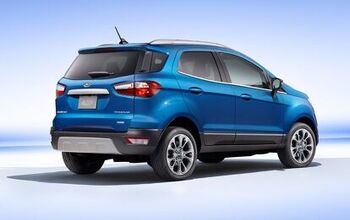
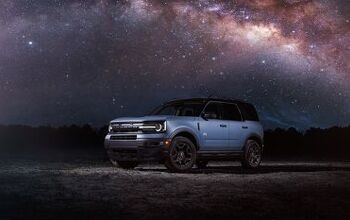
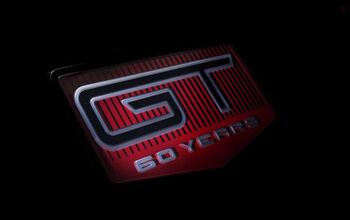

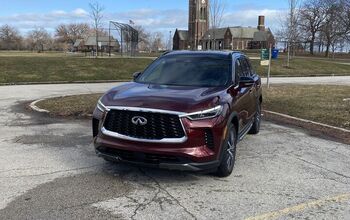
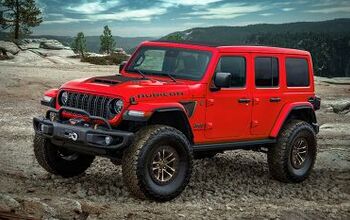
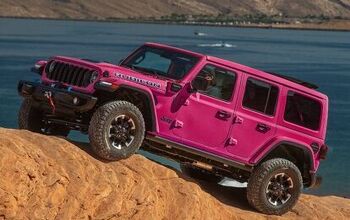
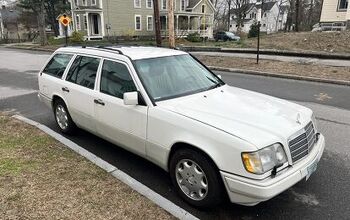
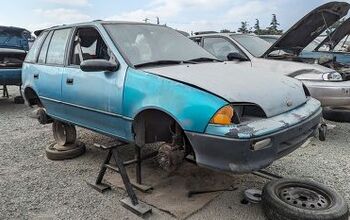
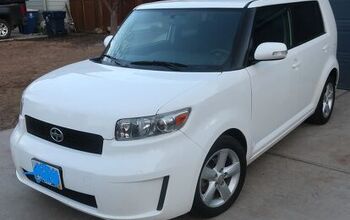
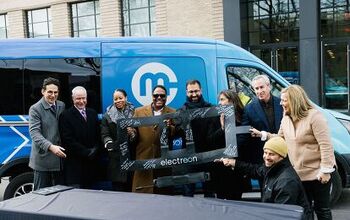
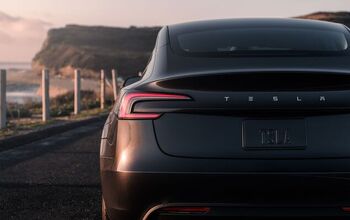
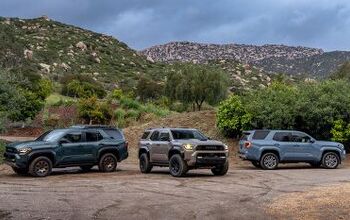
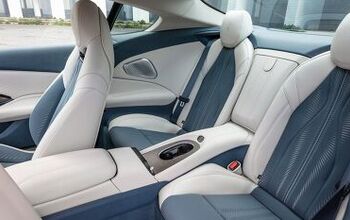
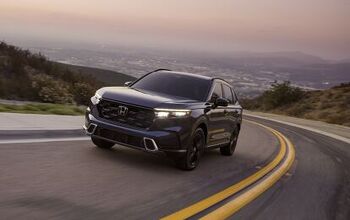
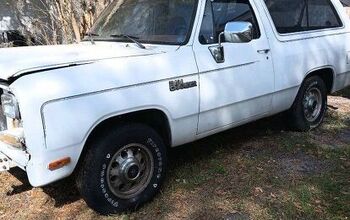
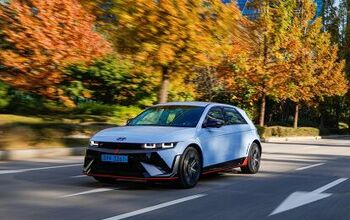
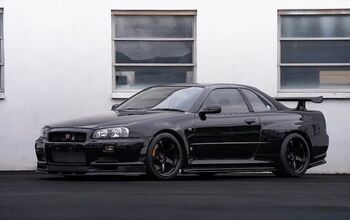
Comments
Join the conversation
So let me get this straight: VW and Tesla have said they will NOT buy this Indonesian nickel that is of concern, and your argument is: but what if they have to? Jesus wept, Posky. Your bad-faith pseduo-concern has become a parody of itself.
Here is a prime example of why, although I support tariffs in theory, they need to be implemented as part of a long term strategic initiative. And not just by someone with poor impulse control. Unless of course he is a 'Manchurian Candidate'. From an article published by Canada Press(CP): “Canada and its aluminum industry are essential contributors to the arsenal of democracy.” Tom Dobbins, president of the U.S. Aluminum Association, which opposed the tariff decision said U.S. smelters are only capable of meeting about one-third of domestic demand, he added. “We’re going to have to import our primary aluminum from somewhere and the alternatives to Canada are Russia, the Middle East and China. I do not have to explain to this audience why, for geopolitical reasons, these are poor alternatives.” The push for tariffs has prompted questions about whether Glencore Plc, a Swiss producer with a 47 per cent stake in Century, is trying to position itself to sell Russian-made aluminum in the U.S. Glencore is spending $16.3 billion over the next five years on up to 6.9 million tonnes of the metal from Rusal, the second-largest aluminum producer in the world. Robert DeFrancesco, a trade lawyer and lobbyist in Washington, D.C., went to bat for Century Aluminum and Magnitude 7 Metals, the two solitary American producers that convinced U.S. trade ambassador Robert Lighthizer and President Donald Trump last month to impose a new 10-per-cent levy on exports from Canada. Statistics from the U.S. Census Bureau show imports from Canada declined 2.6 per cent from May to June, while official Canadian export data released Thursday shows a 19 per cent decline in exports of primary aluminum during the month of July, Dobbins said. And total U.S. import volumes were five per cent lower during the first six months of 2020 than in the same stretch of 2017, the last full year without tariffs.